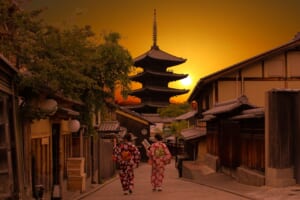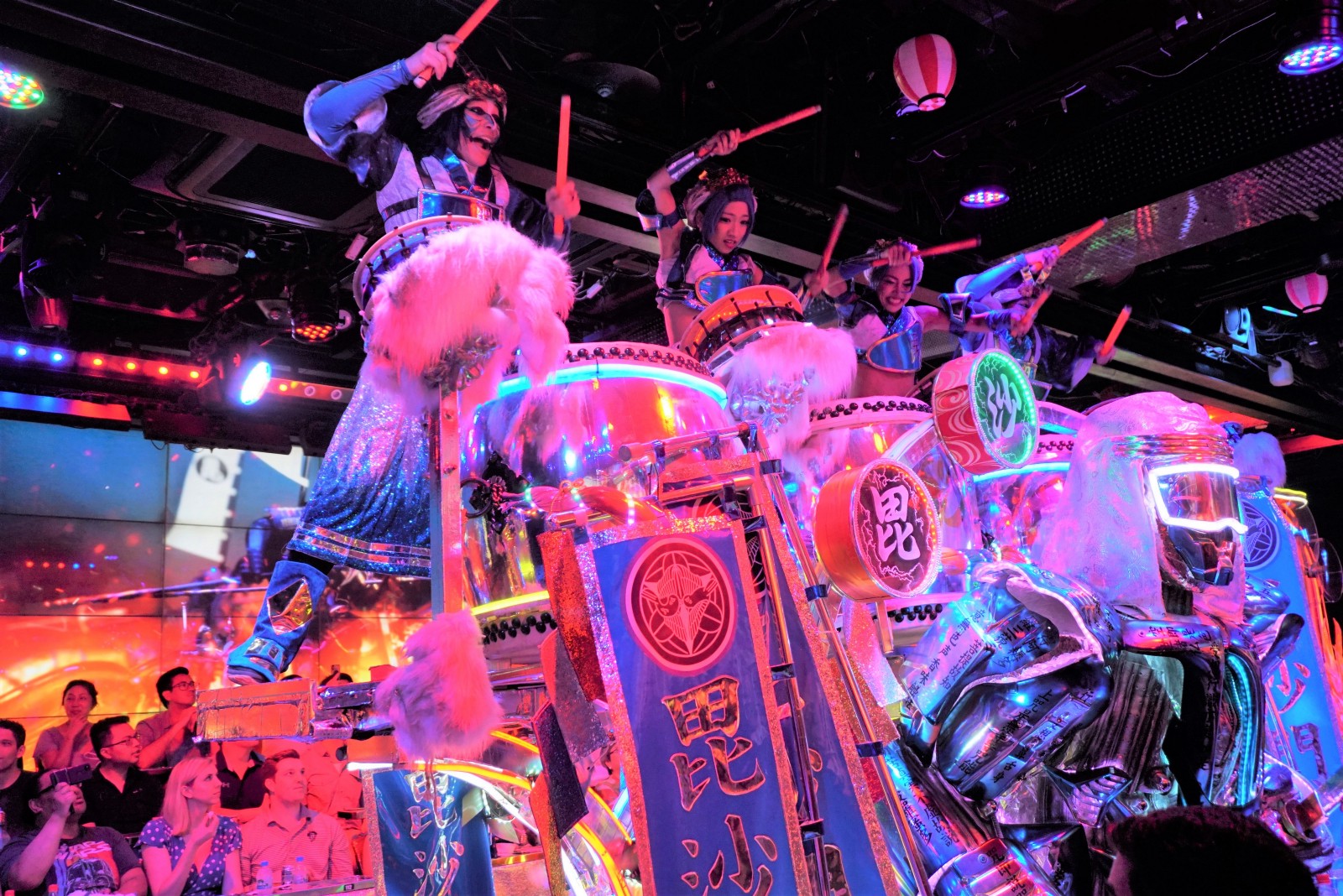10 Unique Japanese Entertainments
Curtains Up: Traditional and innovative pastimes
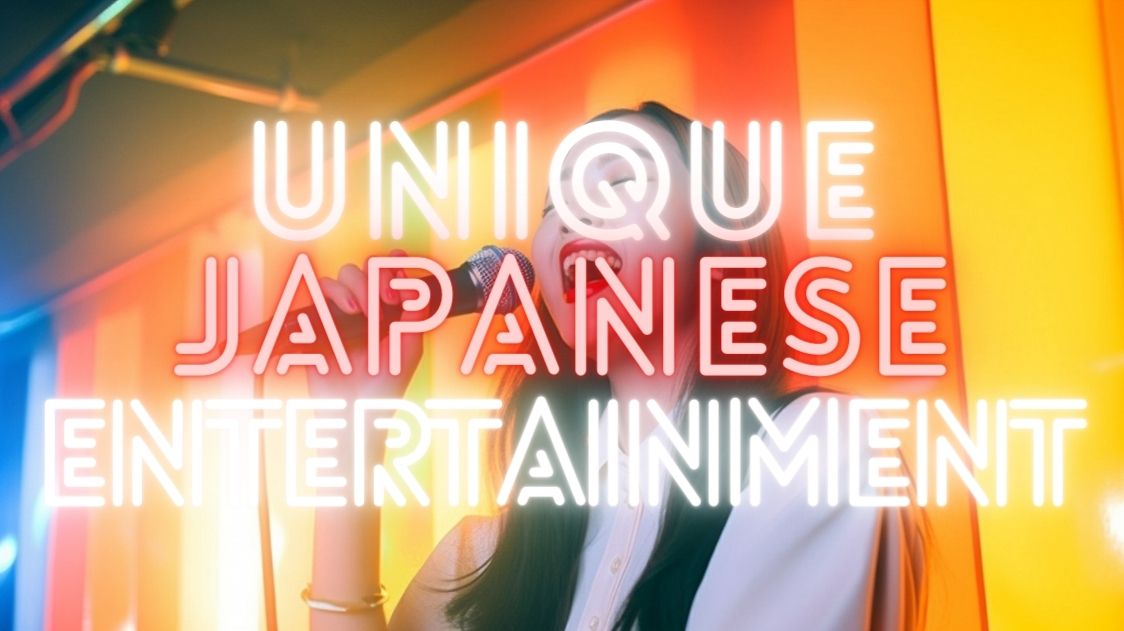
Japan is renowned for its unique blend of traditional and modern cultural facets and entertainment is not an exception. Diverse e entertainment forms, each imbued with its distinct cultural essence. Here, ancient performing arts like Kabuki and Noh coexist alongside karaoke boxes and game centers, forming a rich tableau of unique entertainment.
Experience the eloquent silence of Noh theater, the buzz of game centers, or the immersive adventure of themed restaurants. Each aspect offers a unique glimpse into the multifaceted world of Japanese entertainment so here’s an overview of these unique Japanese forms of entertainment!
Traditional Japanese Entertainments
1. Kabuki
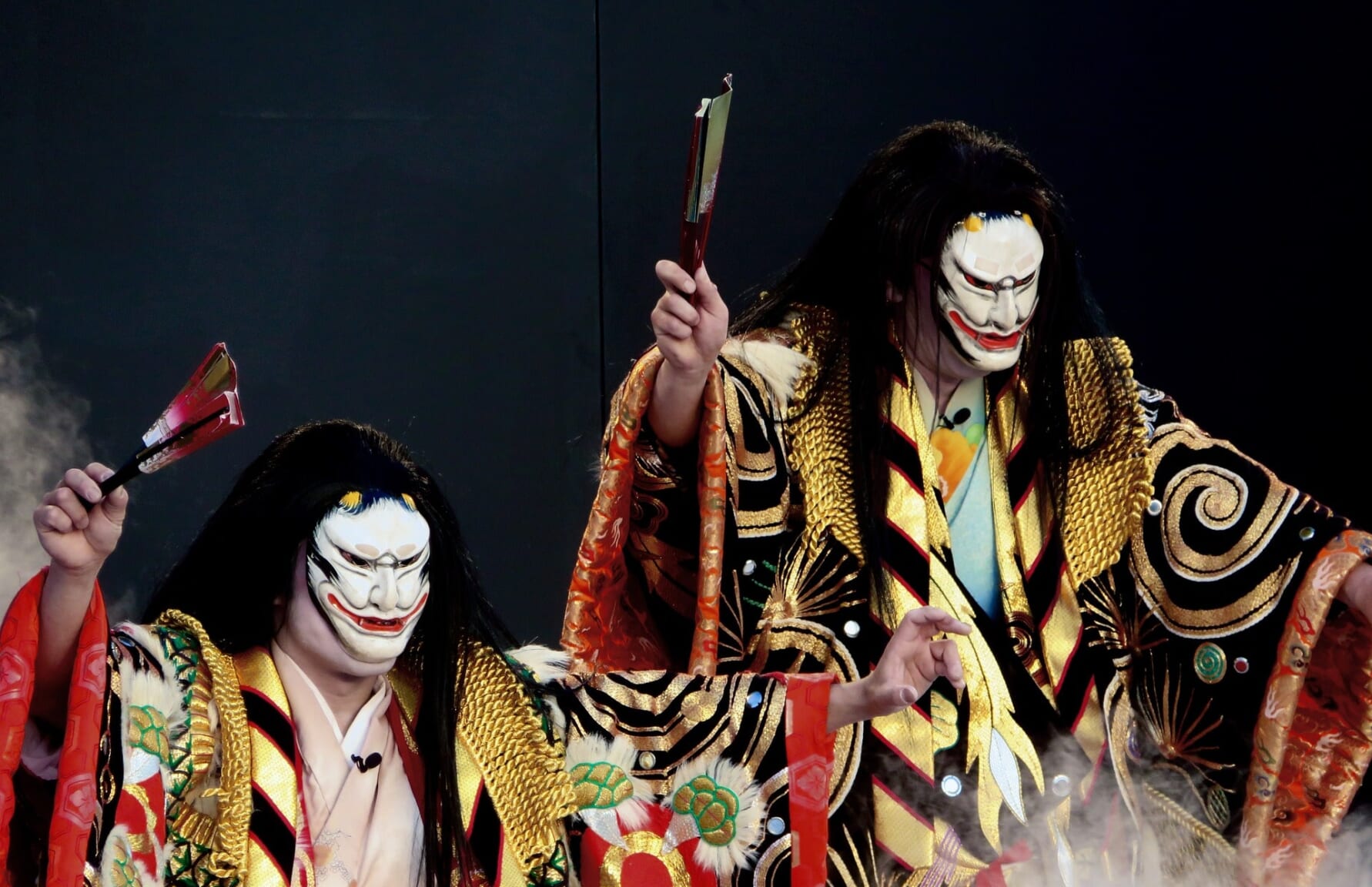
Performers engage in tales rooted in Japanese history and folklore, using precise movements and climactic poses to heighten the drama. Despite evolving over centuries and borrowing elements from other theater forms, Kabuki has retained its distinctive allure. Today, it stands as a vibrant link to Japan’s past, a living embodiment of its shared cultural heritage.
▶Find out more about Kabuki in the following article: Kabuki Theatre
2. Noh
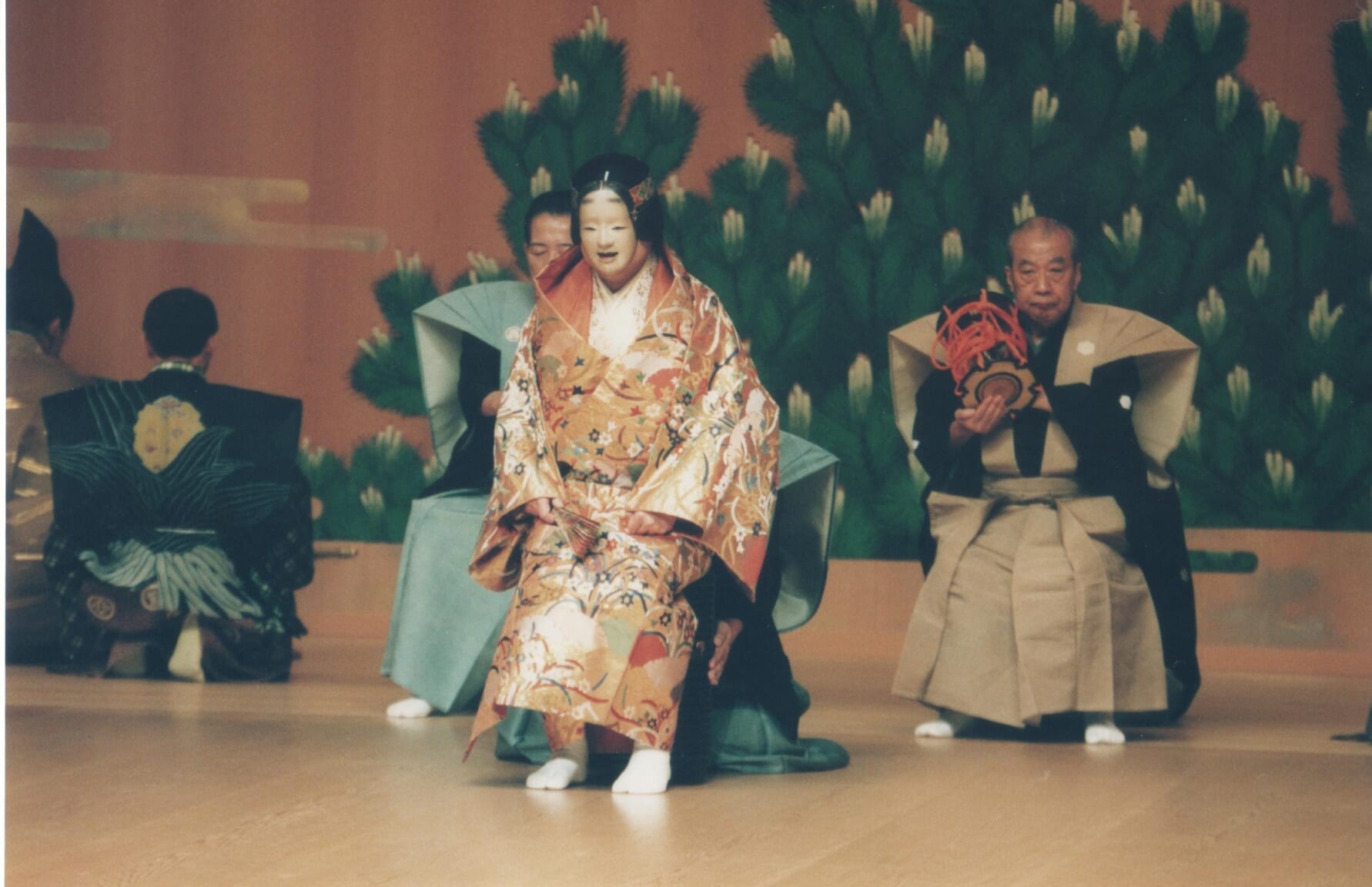
Noh (能), one of Japan’s oldest theater forms, dating back to the 8th century, is a potent exploration of philosophical and spiritual themes. Its minimalist stage design, slow-paced performances, and symbolic masks create an evocative atmosphere for meditations on the ephemeral nature of life, moral dilemmas, and the supernatural. Noh plays weave together the human and the ethereal, reflecting Buddhist concepts of karma and transience.
Additionally, themes of morality, honor, and atonement are prevalent in Noh. Characters are often confronted with moral conflicts or the repercussions of past actions, which paves the way for introspection and redemption. Through the sparse, deliberate beauty of Noh, audiences encounter an ancient world where performance meets philosophy, offering not just entertainment, but a profound contemplation on existence itself.
3. Bunraku
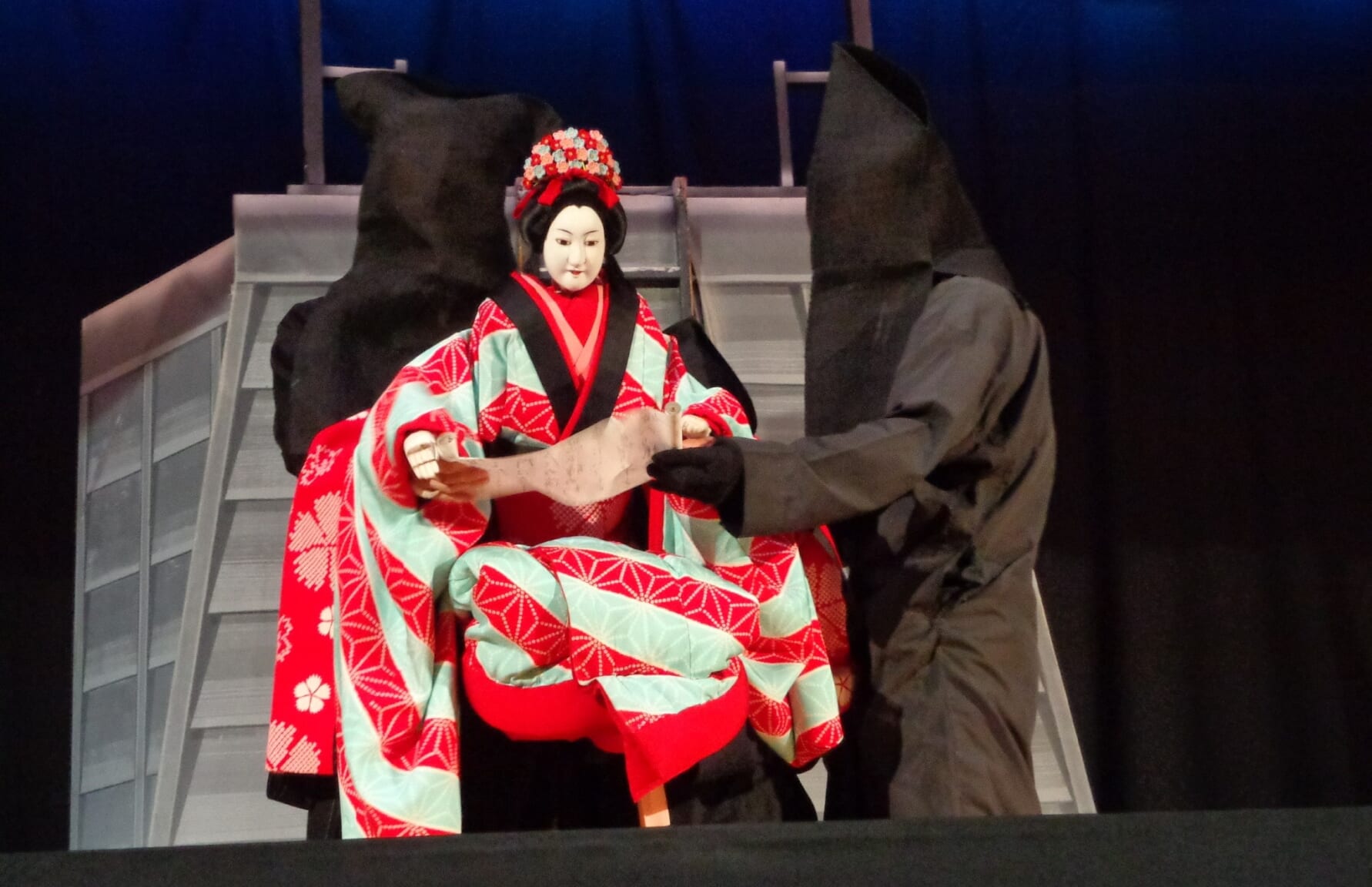
Bunraku (文楽), a traditional form of Japanese puppet theatre that gained popularity during the Edo Period, is an elaborate spectacle that showcases the intricate artistry of puppet-making and the dexterity of skilled puppeteers. Each puppet, a marvel of craftsmanship that can weigh up to 20Kg, comes alive through the unseen synchronized efforts of a three-person team.
The storyline, voiced by a single narrator, or ‘Tayu’, is punctuated by the emotive strains of a shamisen, a traditional Japanese stringed instrument. This exquisite fusion of puppetry, narration, and live music creates captivating narratives of heroism, feudal conflict or a heartbreaking love story, making Bunraku a unique and unforgettable facet of Japanese entertainment that transcends language barriers.
4. Rakugo
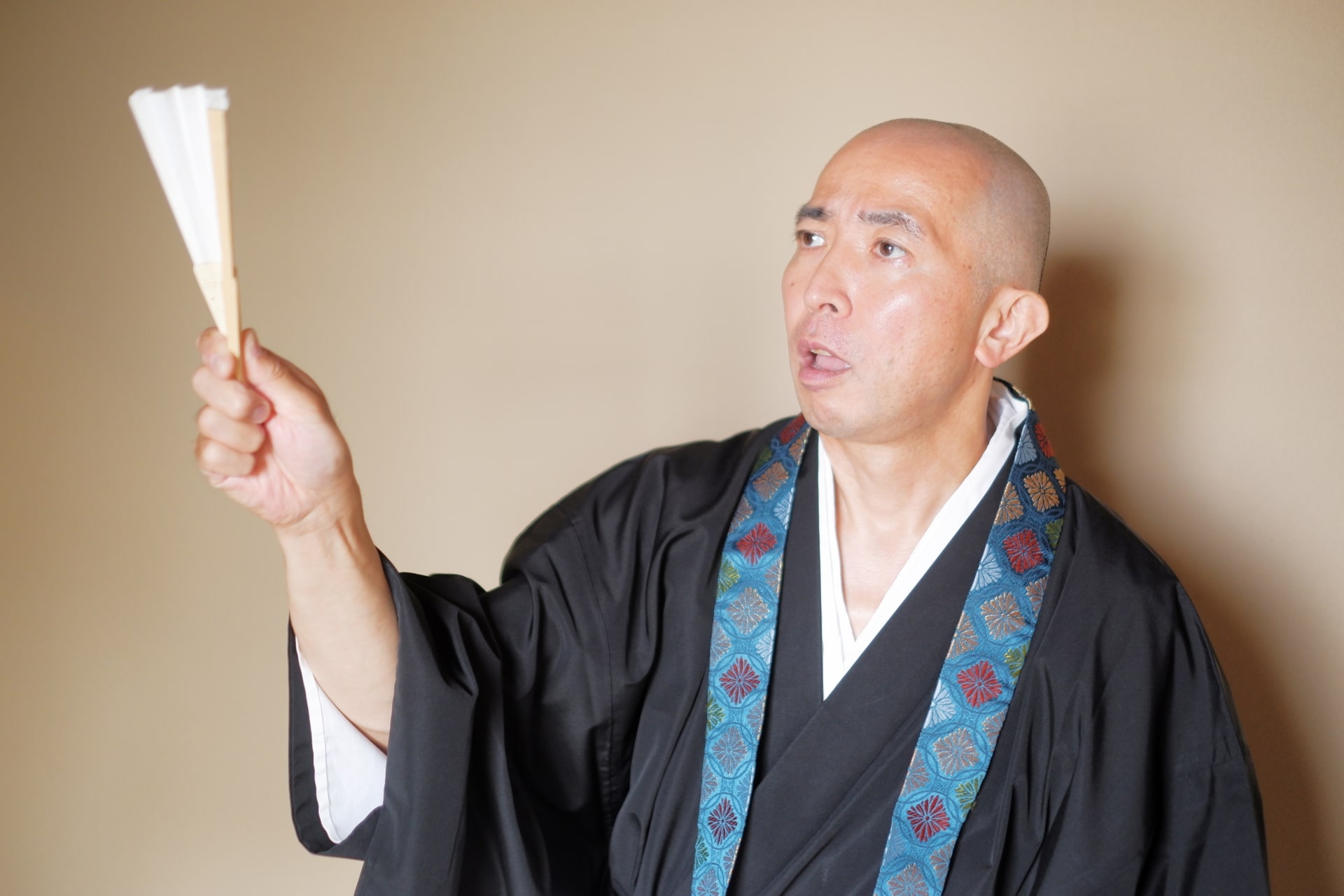
Each Rakugo story, delivered with wry wit and humor, unfolds gradually while audiences wonder what’s the twist? Well, it’s all delivered with a punchline that will leave you in stitches! Rakugo performers are masters of wit and timing, proving that you don’t need a flashy setup or outlandish jokes to create humor that resonates across centuries.
5. Geisha Performances
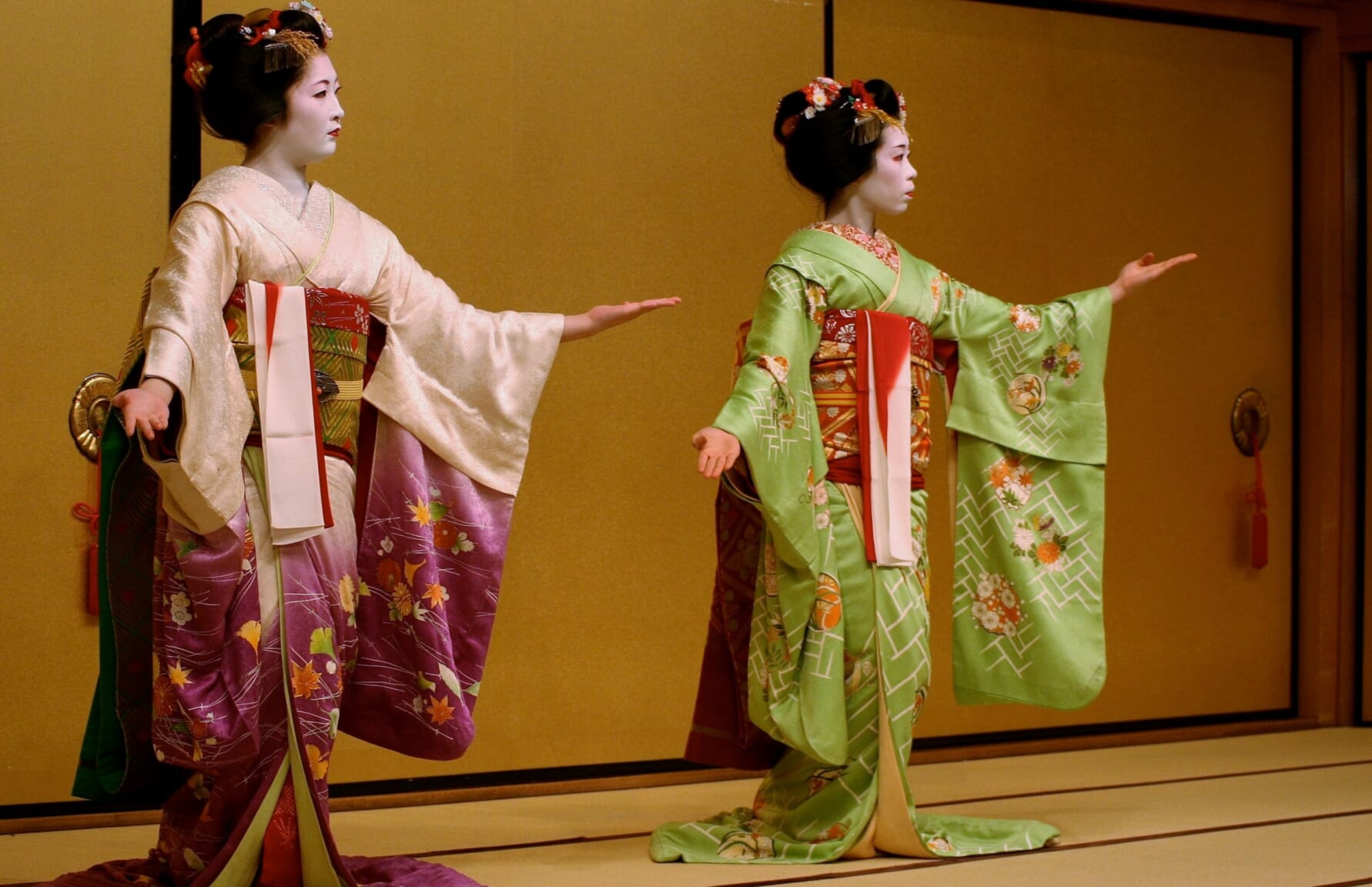
Geisha (芸者), traditional Japanese entertainers, are embodiments of refined elegance and artistic skill. Their performances, often exclusive and held in intimate settings like tea houses or ‘ryōtei,’ reveal mastery over classical dances, music, and poetic discourse, known as ‘haikai.’ Trained from a young age, geisha captivate audiences with graceful dance sequences to the melodious strumming of the shamisen, a traditional instrument.
Central to cultural hubs like Kyoto or Kanazawa, a Geisha performance provides an immersive plunge into Japan’s rich artistic tradition. Their unique role as preservers and performers of these ancient arts make experiencing a Geisha performance a coveted highlight for any cultural enthusiast visiting Japan.
▶Learn more about Geisha in the following article: What are the Differences between Geisha, Maiko and Oiran?
Modern Japanese Entertainments
6. Karaoke

Developed between the late 60s and early 70s, it’s so popular that it’s available 24/7 in every corner of Japan, with boxes and rooms offering an inclusive and joyful environment where you can let your guard down, pick up a microphone, and sing your heart out. Karaoke serves as a communal space that transcends age and occupation, facilitating bonding moments that can’t be replicated in a boardroom or at a dinner table.
▶Looking to get your karaoke fix in your next trip? We got you: 10 Best Karaoke in Japan
7. Pachinko
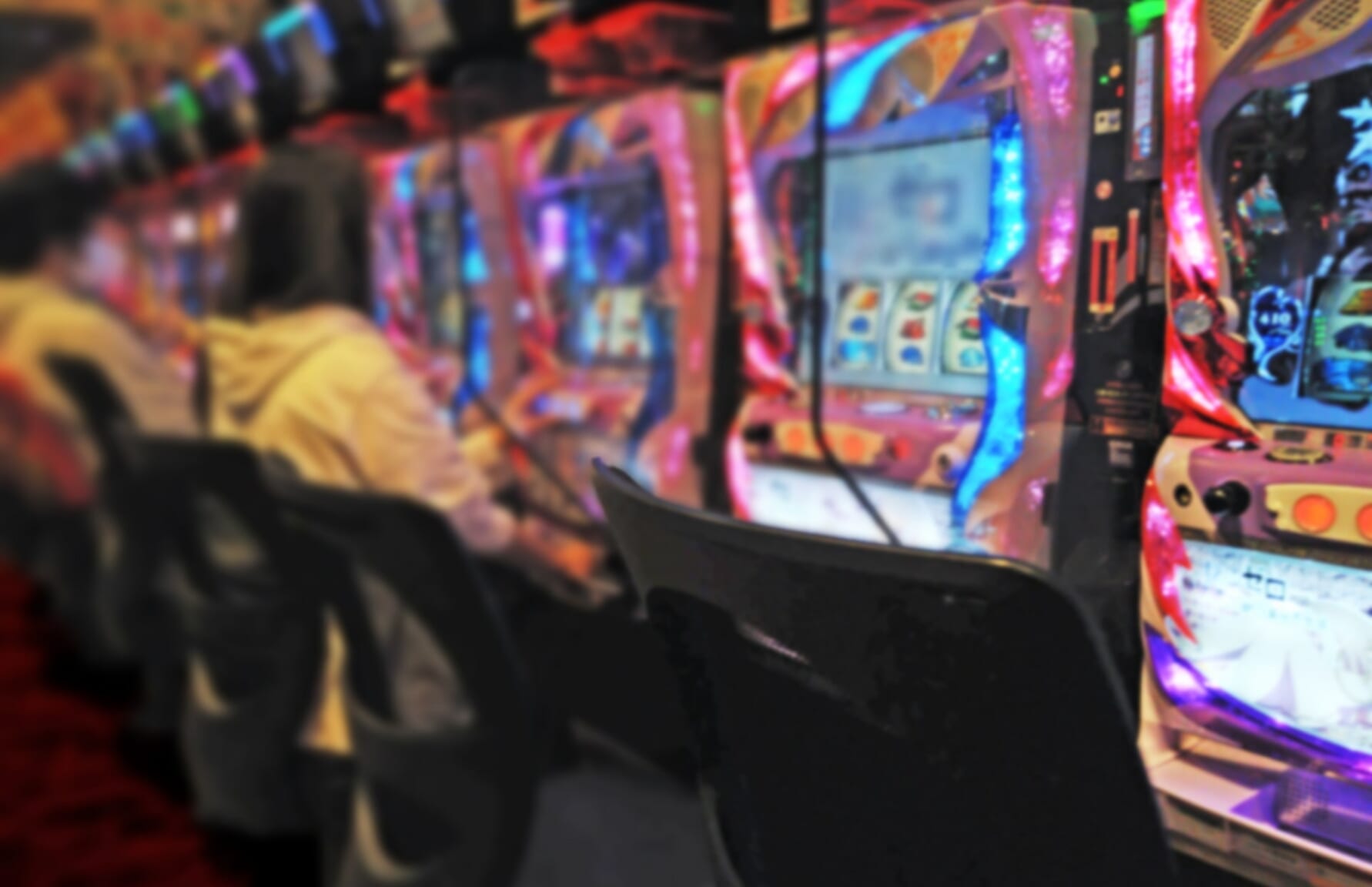
The intense lights and deafening sounds that burst from Pachinko parlors are impossible to miss if you happen to walk past one of these establishments, but for some are an adrenaline rush, generating an atmosphere of palpable excitement that’s almost as entertaining as the game itself.
▶ For more information about pachinko and betting entertainment, check the following article: Gambling in Japan: 7 Best Ways to Gamble without Casino – Japan Web Magazine
8. Game Centers
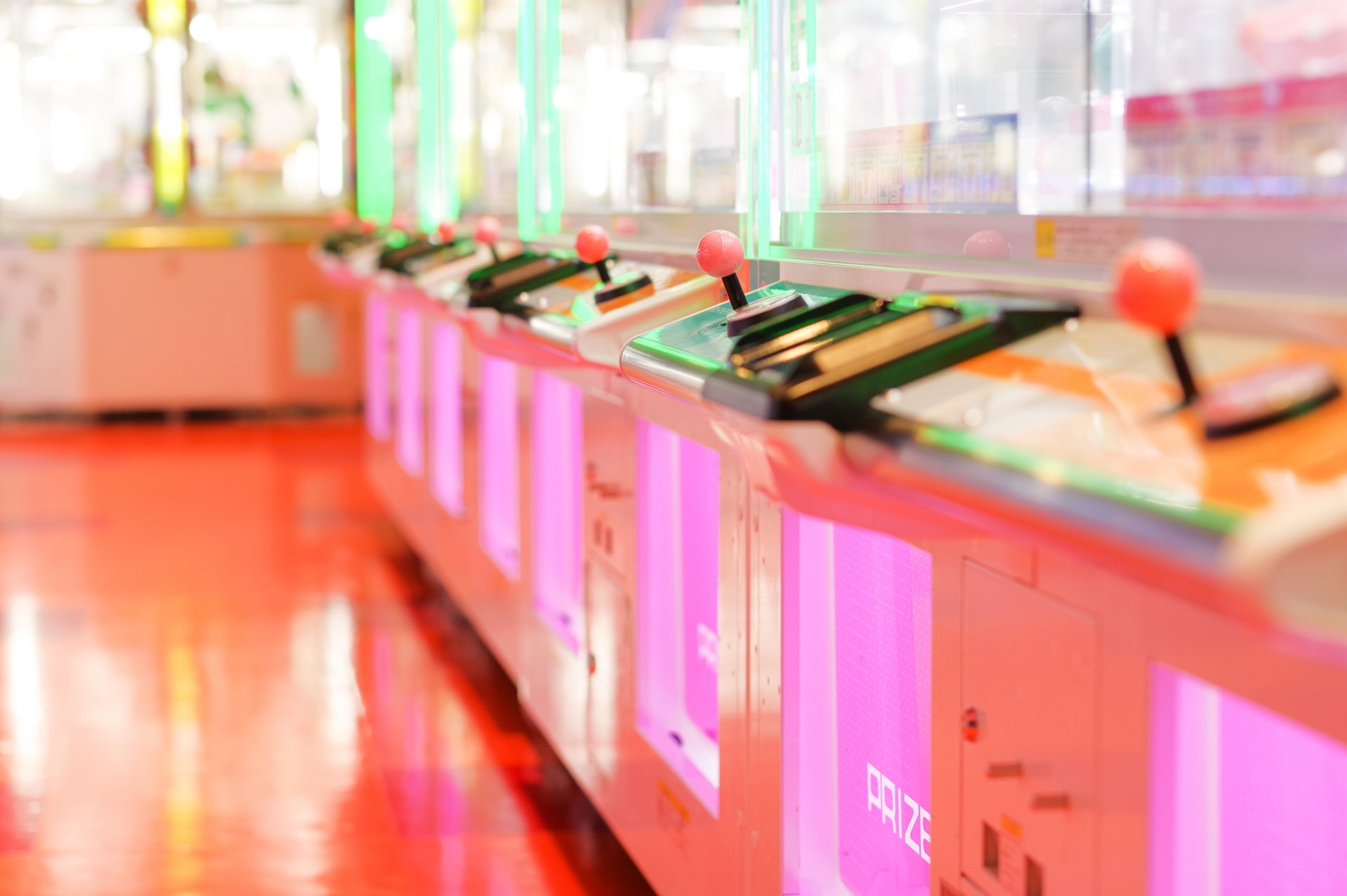
Remarkably, Despite the rise of home gaming consoles, these centers maintain their charm as social hubs where people of all ages can challenge friends, win prizes, and form communities around their favorite games. In a world increasingly veering towards digital isolation, these game centers remind us that gaming, at its core, is a social activity.
9. Themed Restaurants and Bars
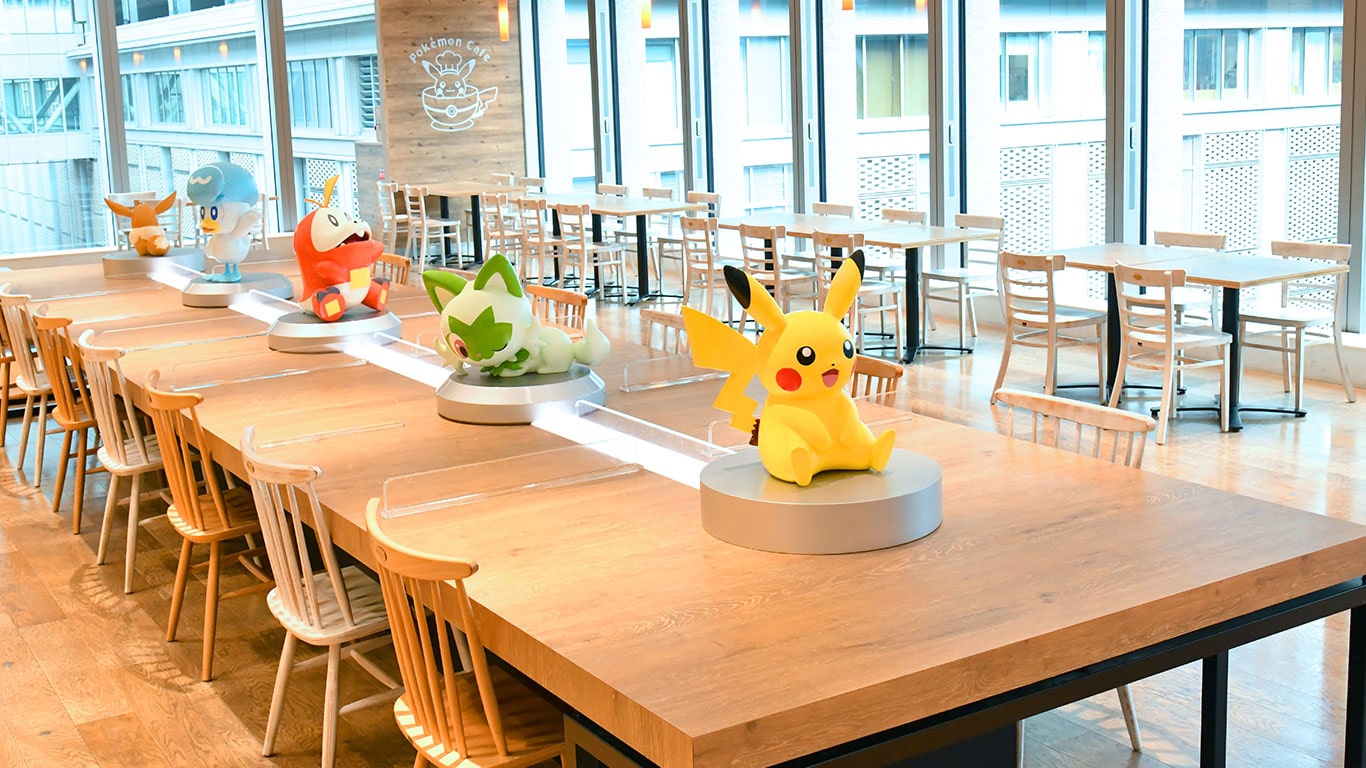
In the mood for an out-of-this-world dining experience? Japan’s themed restaurants and bars have got you covered! Offering much more than just meals, they provide captivating adventures that transport you into another world, covering a wide array of themes, from futuristic robot restaurants to ninja-themed eateries and even to the grittiness of prison-themed bars.
An immersive experience that blurs the lines between dining and entertainment. Live performances, interactive elements, and imaginative decor are all part of the experience, turning an evening out into a voyage of sensory exploration. These themed establishments are a testament to Japan’s knack for creativity, offering unique dining experiences that engage the imagination as much as the palate.
▽Find out more about themed restaurants in the following articles!▽
16 Best Themed Cafes and Restaurants to Visit in Tokyo
Must-Visit Character Cafes in Japan 2021
10. Gacha Gacha
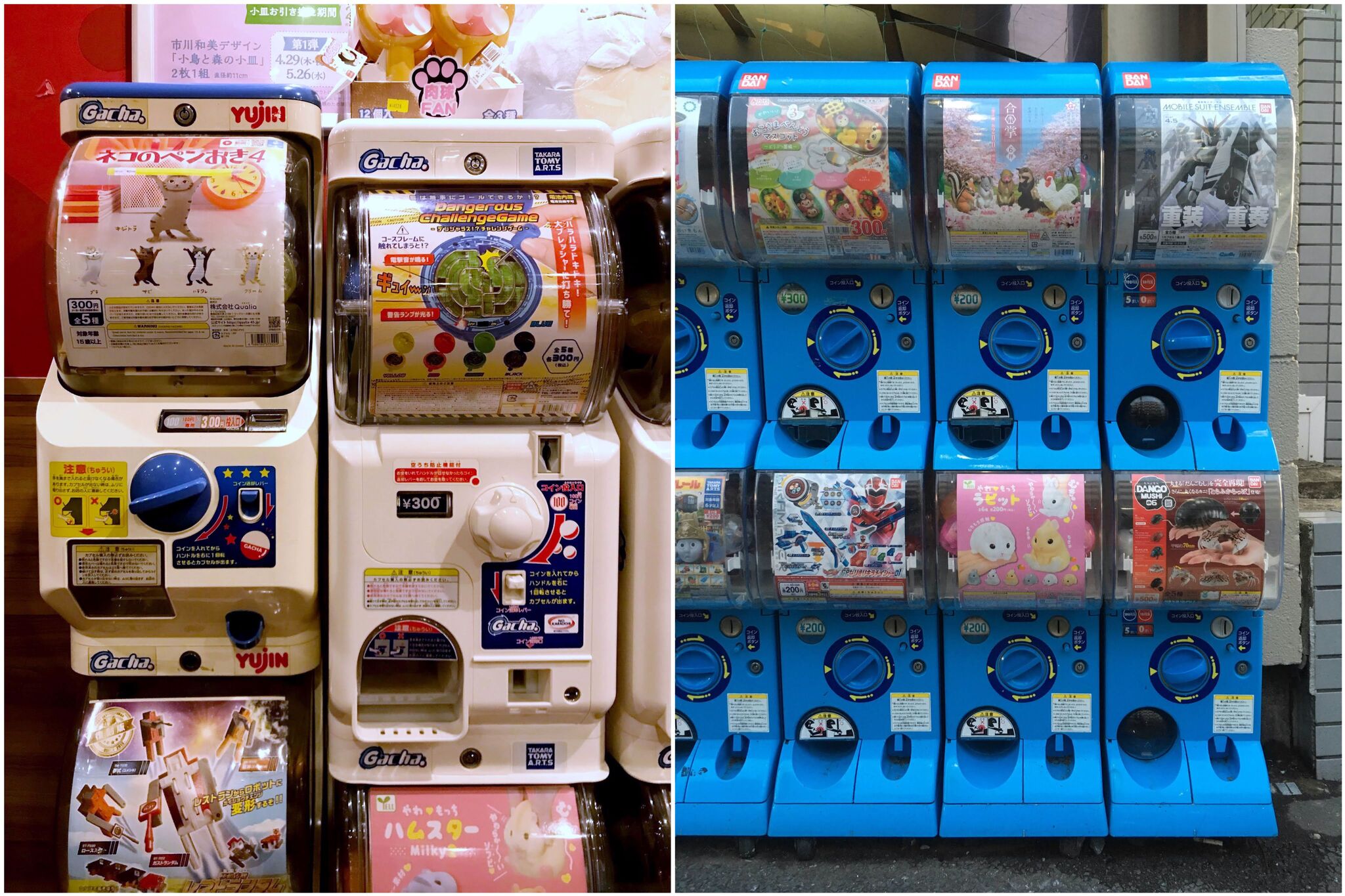
Their appeal lies in their unpredictability; you never know what you’re going to get when you turn the crank! The popularity of Gacha Gacha is such that you can find them everywhere, from dedicated shops to corner sections in convenience stores, adding a dash of playful charm to everyday life in Japan.
Japanese entertainment offers an intriguing blend that encapsulates the country’s past, present, and future. The versatility and enduring appeal of these forms of entertainment underline the cultural richness of this country. Have you experienced any of these yourself?
▽Here are more unique experiences in Japan▽
▶Best Helicopter Experiences in Tokyo
▶Cool and Unique Museums in Tokyo
▶Unique Sightseeing Train Trips from Tokyo
▽Subscribe to our free news magazine!▽
For more information about Entertainment in Japan, check out the following articles!
▽ Related Articles▽
▼ Editor’s Picks ▼
Written by
Photographer, journalist, and avid urban cyclist, making sense of Japan since 2017. I was born in Caracas and lived for 14 years in Barcelona before moving to Tokyo. Currently working towards my goal of visiting every prefecture in Japan, I hope to share with readers the everlasting joy of discovery and the neverending urge to keep exploring.








